2017 was the year ransomware hit the headlines hard and it seems the threat is also prevalent in 2018.
Security chiefs and CIOs need to be mindful of the risk surrounding their IT systems and data and take a proactive approach to IT security. While we consider today’s attacks, the cyber criminals are 10 steps ahead planning the attacks of the future.
So what are the security threats of 2019 that IT professionals should be paying particular attention to?
We’re only human
Ransomware exploits vulnerabilities and in today’s business environments, these vulnerabilities often occur as a result of human error. For many organisations, the risk of attack lies with a lack of education among employees about how to manage any information they receive and how this information is collected.
The widespread practice of using e-mail in our personal and work lives has made it the instrument of choice for malware attackers. This is because there is an attitude of complacency with regards to receiving e-mails; the sheer volume we receive and send can blind us to the threat of malicious embedded links or attachments that may come from a seemingly innocuous or familiar source. The same is also true of malicious web pages in browsers, as we saw with the recent Coinhive attack.
Safer business communications
If businesses continue to use mature applications like e-mail to share information and data, then we can expect more businesses to be exploited by Ransomware in the future.
Since e-mails are a top target for malware attacks, we recommend that businesses employ instant messaging tools for business communication. SMS technologies like this are particularly effective against ransomware as they limit what your systems can be exposed to, reducing the risk of attack.
Rectifying a problem after it has struck in not an effective solution. We must remain proactive and keep cyber crime at bay.
eSpida Limited partners with world leading technical brands such as Forcepoint, Huawei Enterprise and WatchGuard to provide best in class IT consultancy and IT security solutions.




